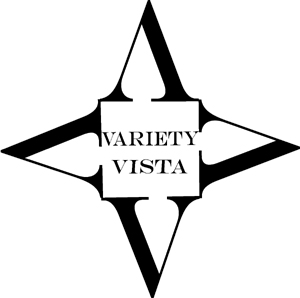
Mintmark Varieties:
RPM Essentials
RPM Essentials
Determining the direction of an RPM is usually an easy task to master. There are a couple of rules, however, to keep in mind. Since there is no way to always know which image came first, a positive statement is needed. RPM directions are fundamentally opposite that of doubled dies. When asked why, Alan Herbert stated that he just wanted the two methods to be different. For doubled dies, the direction is determined from the lightest image to the strongest. RPM directions are from the strongest to the lightest. The eight major compass directions (N, NE, E, SE, S, SW, W, NW) comprise most of the designations. Then of course there are the self-explanatory horizontal and inverted designations. The remaining two designations, Tilted and Rotated, need a little more explanation. Tilted describes an RPM where one edge of the punch (typically the North or the South) is titled into the die so that its opposite edge receives little or no pressure from the blow of the mallet. The result is a letter that is half formed. To complete the mintmark, the punch is then tilted in the opposite direction and receives a second blow of the mallet. Rotated designates an RPM where the secondary image is the result of the punch being rotated or pivoted near the center of the primary image. Thus, the secondary image shows one direction on the upper serif and the opposite direction on the lower serif. Both tilted and rotated RPMs were once described as overlapping. But because the images of most RPMs overlap, this designation was considered imprecise and discarded in recent publications.
The normal RPM and OMM designations are given according to the formula �mintmark / mintmark, direction� where the / is read �over� and means �overlapping.� When the first separated RPMs were discovered, the formula was modified to �mintmark & mintmark, direction� where & is read �and� and implies �separate� or �non-overlapping.� In recent years, we have seen the discovery of the first supposed separated OMM.
Discussion has arisen on what to call this animal and how to designate it. The argument hinges on a couple of facts. First, the category RPM has both a general and specific definition. In its specific definition, it refers to the D/D or S/S type doubled mintmarks. In its general sense, it includes all doubled mintmarks caused by repunching, whether D/D, D&D, D/S, or D&S. Separated mintmarks from the same mint fit easily, then, under the RPM category. Second, the category OMM came into being because of the special nature of the dual mintmark category. It is defined as �one mintmark over a different mintmark,� Some, myself included, see the emphasis on the mintmarks being different and conclude that OMM is a satisfactory category for the separated dual mintmark, especially when accompanied by the modified designation formula. Others see the emphasis on the word �over� meaning �overlapping� and conclude that the separated dual mintmark cannot be an OMM.
Thus they have devised a new category, called �DMM� or �Dual MintMark� and have restricted it to the separated dual mintmark. I object to the use of DMM for a couple of reasons. First, it seems only reasonable that if we have a separate category for the separated dual mintmarks, then we should also have a separate category for the separated RPM. This would give us four categories for the doubled mintmark, a number which I think is overkill and unnecessary, especially when you realize that there are only a handful of known separated mintmarks from either category. Second, the DMM has to be restricted to separated dual mintmarks by definition. The term dual mintmark could just as easily mean overlapping in the minds of the uninitiated. Thus DMM is ambiguous, having both a general and specific sense. I generally try to follow the KISS method (Keep It Simple Son) and so have rejected the DMM category. I have no problem calling the separated dual mintmark an OMM. After all, it is two different mintmarks on the same coin. Therefore, CONECA continues the tradition of limiting repunched mintmark categories to the RPM and the OMM, with each category containing its appropriate separated mintmark type distinguished by the modified designation formula.
| Home |
Introduction |
Design Changes |
Mintmark Styles |
Doubled Dies |
Mintmark Varieties |
RPDs and MPDs |
Die Errors |
| About CONECA |
About the Author |
Copyright James Wiles, 2011
Email: [email protected]
1490 Trail View Lane
Frisco, TX 75034-2649